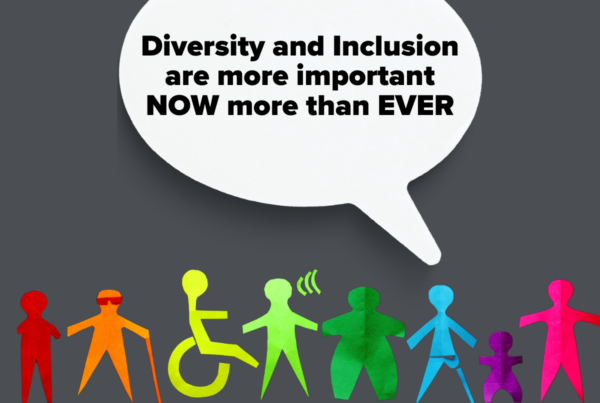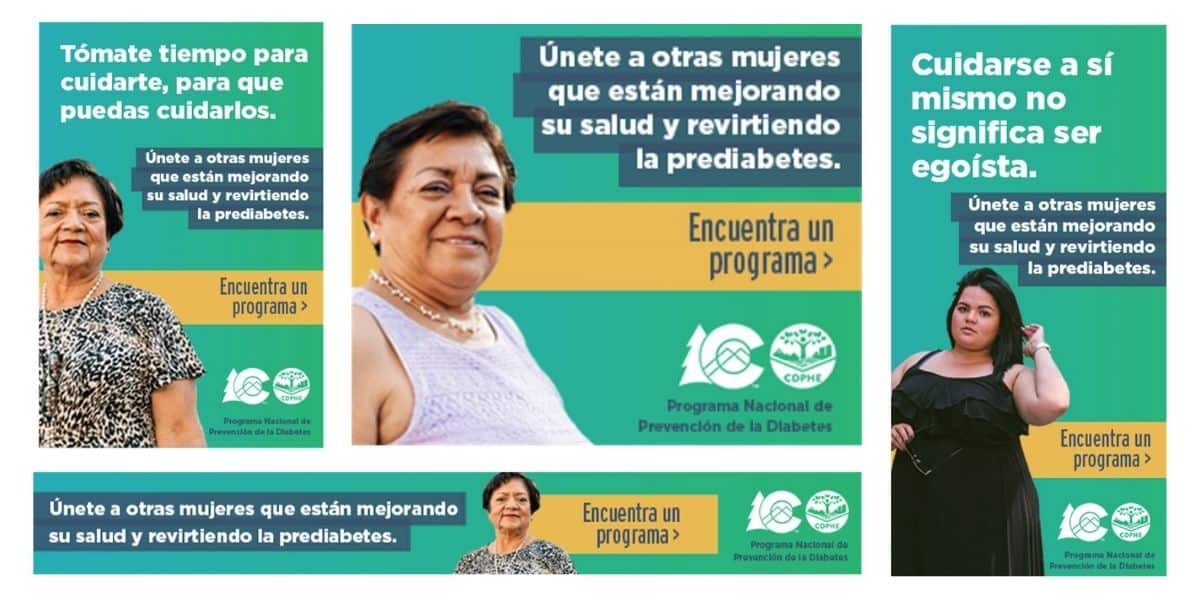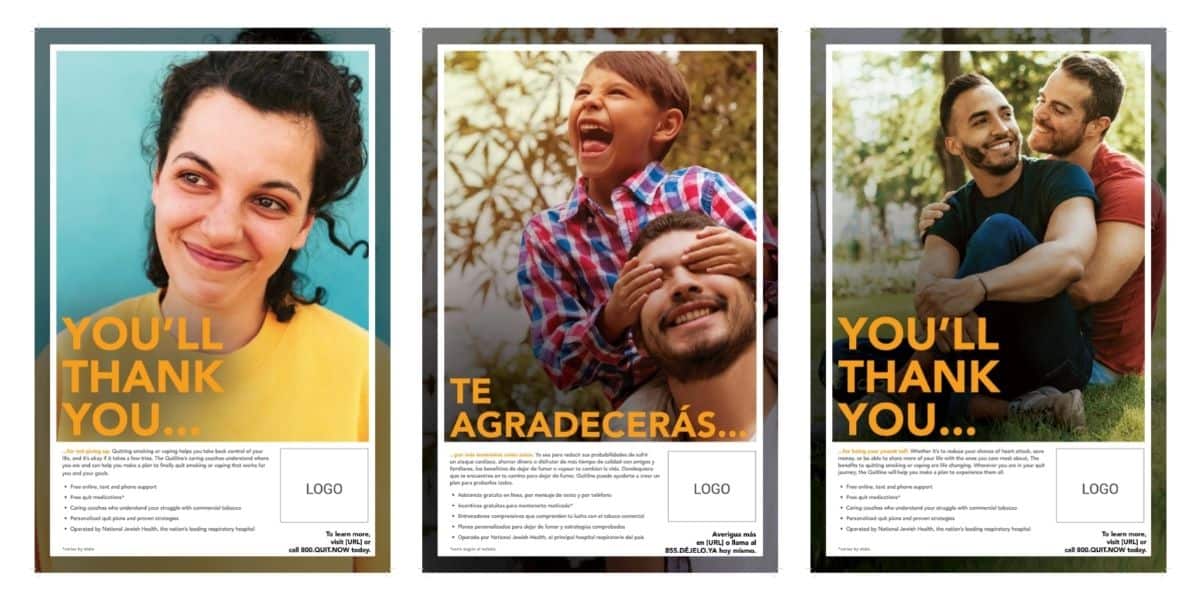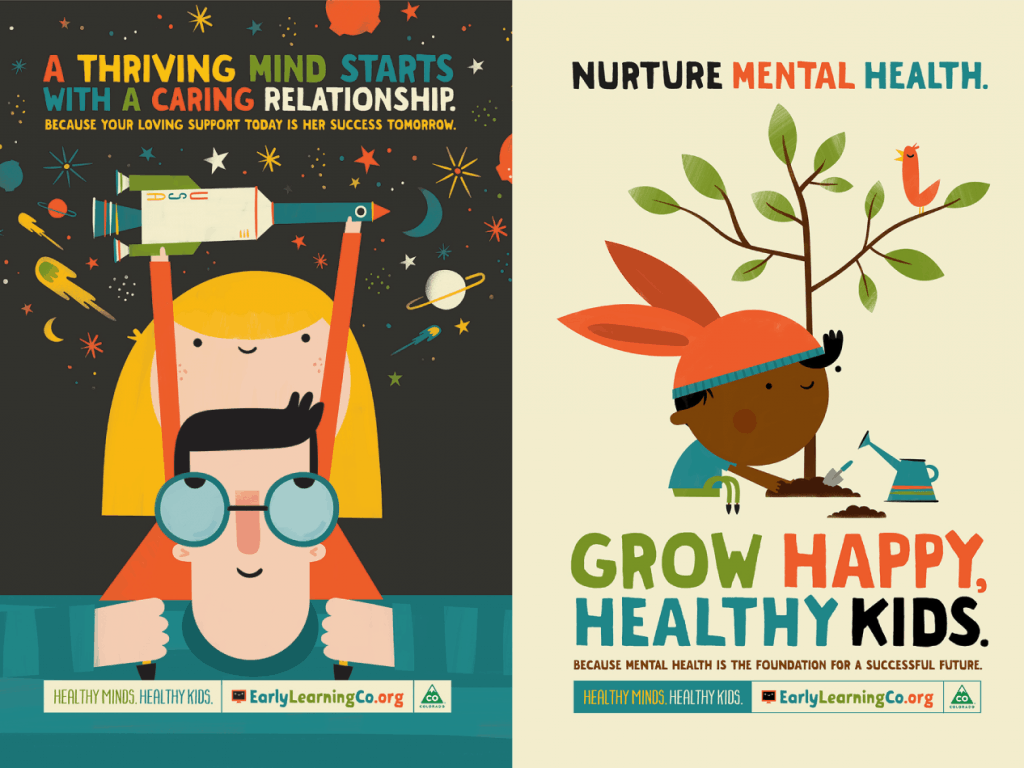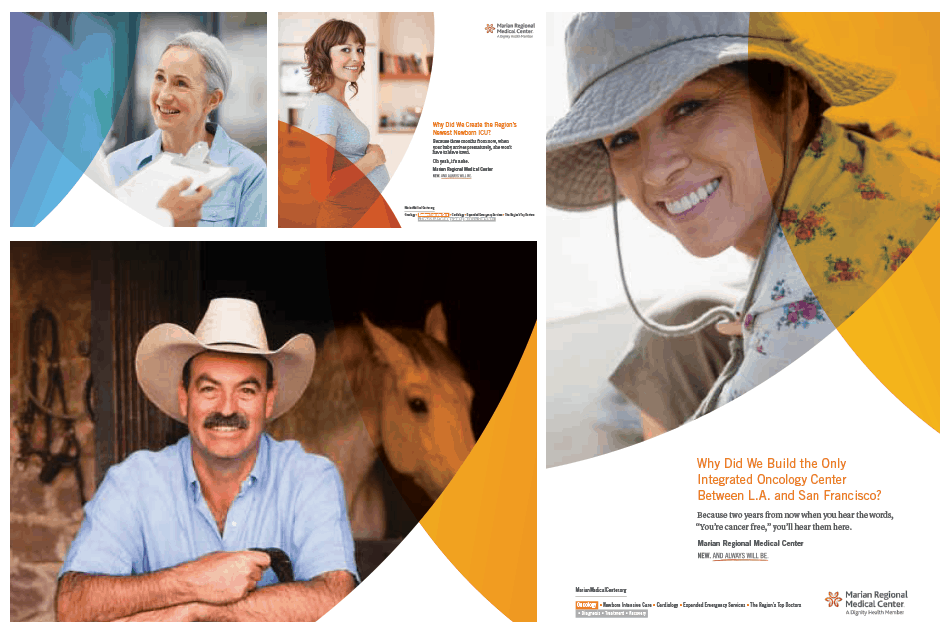Be imperfect, and stop making things so complicated. These are just two of the emerging trends in marketing that we heard about at this year’s South By Southwest.
Read on, or watch the video below, to find out what else we learned.
For the uninitiated, South By Southwest is a yearly event that brings together challengers and game changers in business, tech, art, culture, and politics. As challengers creating change on today’s most pressing issues, it was appropriate that SE2 was there to learn about emerging issues that will affect our world today and tomorrow.
The look ahead
Every year, SXSW is an opportunity to see and experience what’s next in technology, and every year, brands and advocacy organizations find creative ways to tell their stories. Some examples from this year included:
- Lush Cosmetics, the Zen Education Project and the African American Policy Forum created an activation that offered visitors the opportunity to understand and explore the full scope of the crisis facing educators and students across the U.S.
- Visitors could explore a map highlighting the more than 2,500 books banned across the U.S. in just the past 18 months.
- An installation by the Human Rights Foundation put a face on the people that are being exploited by the fashion industry through slavery and indentured labor for fast and cheap fashion.
In addition to the active presentations showing us what’s next, we also heard from leaders in our field who told us more about the trends transforming our industry now. There are three key lessons.
1. Embrace imperfection
Storytelling is a perennial recommendation, but we heard and saw a uniquely different and unusual take on storytelling from many brands and organizations at South By. Communicators are increasingly telling imperfect stories. These stories didn’t yet have a tidy resolution or a hero who saved the day.
One of the panelists actually talked about the psychology that makes these stories effective. Imperfect stories make you an active participant. Because the outcome isn’t foregone in these stories, you still have the opportunity to get involved to become part of it.
While stories that use the common problem-solution-impact recipe have their place in marketing, psychologically speaking, this type of storytelling has one major drawback: Because our brain must manage so many inputs, it’s always taking shortcuts. One common shortcut is assessing whether something needs immediate attention or not. Another is that our brain will jump in and fill gaps when things are unresolved. Imperfect stories pique our brain’s desire to prioritize the urgent. That is a story that’s happening right now versus a less urgent story that already happened sometime in the past. And our brain will create solutions to fill in the gaps in the unresolved story.
Telling more imperfect stories is one way that you can pique interest and invite people to become part of the story and the solution.
2. Keep it simple
Across sessions, leaders spoke about the importance of pushing for simplicity in communications and marketing. Perhaps this is a reaction to a barrage of negative things happening in the world and its seemingly ever-increasing unpredictability, or perhaps it gets back to brain science.
We’re wired to have a brain bias that conflates complexity with quality, so we tend to value complex solutions over simple ones. But brain science also tells us that when we’re confronted with options, we will almost always choose the easier one or the status quo. See the problem there? To create change, communications and marketing leaders talked about embracing three tactics to simplify.
The first: one-page plans. Sally Susman, the executive vice president and chief corporate affairs officer at Pfizer, talked about how Pfizer moved to one-page plans for even the most complex communications challenges. One-page plans, force focused thinking that prioritizes the single most important issue to tackle and the most meaningful strategies to create change.
The second way they’re creating simplicity is through simplified messaging that focuses on what to gain. Lost frame messages trigger a stress response, which hinders problem-solving and adds more complexity to decision-making. Dr. Deborah Birx, who led the federal COVID response, noted that this was a fatal flaw of the government’s initial communications about the COVID vaccine. The motivating messages weren’t about avoiding serious disease and death, but rather what you had to gain – like getting back to normal.
And finally, leaders are removing barriers and not messaging around them, to create more simplicity. Often, we get so caught up in motivating people about issues that we forget about the real-world barriers that ultimately prevent them from taking action. Organizations are stepping back and leveraging experienced design principles and behavioral economics to remove barriers that prevent change.
Several nonprofit leaders talked about simplifying applications, optimizing accessibility, or even redesigning whole programs to remove as many barriers as possible. The result? Their communications are focused on the issues, not the logistics.
3. Act responsibly
The message across sessions was clear: It’s no more business as usual. Organizations of all types and sizes talked about the duty they feel to be more responsible partners to their people, their communities, and the environment.
They’ve moved beyond corporate social responsibility. Instead, ESG or Environmental Social Governance is what leading organizations are using to make a meaningful and measurable impact. ESG uses environmental, social, and governance factors and data to evaluate sustainability practices within a company. ESG helps consumers decide which businesses to support and which not to by giving them an indication of whether a company’s practices and actions align with their own values.
According to a recent study, 70% of consumers want to see a business act on social issues. Investors, too, want businesses to provide societal benefits.
For those working in the nonprofit and government space, consumers’ expectations for more socially responsible businesses is an opportunity for you to elevate your business’ issues and causes and find corporate partners who will support them financially or with their people power. The key is to find businesses that are uniquely aligned with your work.
For example, Lyft’s head of social impact talked about how they make ESG decisions. They’re of course uniquely qualified to provide transportation solutions, so they support and invest in organizations that seek to expand access to voting by providing transportation or fighting policies like those recently passed in Texas that would make drivers criminally and civilly liable for transporting pregnant people to receive abortion care.
This shift in consumer preferences creates an opportunity for nonprofit and government agencies to find synergistic fits with private businesses that advance your organization’s mission and make their business more socially responsible.
So there you have it. Those are our three big takeaways from South By. What opportunities do imperfect storytelling embracing simplicity and increased demand for brand activism have for your organization? Not sure? Reach out, and let’s talk about it.

About the Author:
Brandon Zelasko (he/him), a Principal at SE2, is a dynamic force passionate about innovation, education, and community engagement. Beyond his professional role, Brandon embraces diverse interests, from painting to exploring the outdoors with his husband and rescue dog, Burger. Dubbed “Brandopedia” for his insatiable curiosity and wealth of knowledge, Brandon champions education equity, advocating for alternative pathways beyond traditional college routes. At SE2, Brandon’s commitment to innovation and growth drives him to make a meaningful impact on people’s lives through creative problem-solving and community involvement.
